In the landscape of educational materials, color and learn worksheets stand out as uniquely effective tools that combine the natural appeal of coloring with structured learning objectives. These versatile resources transform what might otherwise be simple coloring activities into powerful educational experiences, engaging multiple learning pathways simultaneously. By integrating visual elements, fine motor activities, and educational content, these specialized worksheets create multisensory learning opportunities that enhance knowledge retention and concept understanding. Whether used in classroom settings, homeschool environments, or as supplemental activities at home, color and learn worksheets provide accessible entry points to diverse subject matter while maintaining the inherent engagement factor that makes coloring so appealing to children across developmental stages. Their ability to disguise learning as play makes them particularly valuable for early education and for introducing potentially challenging concepts in approachable formats.
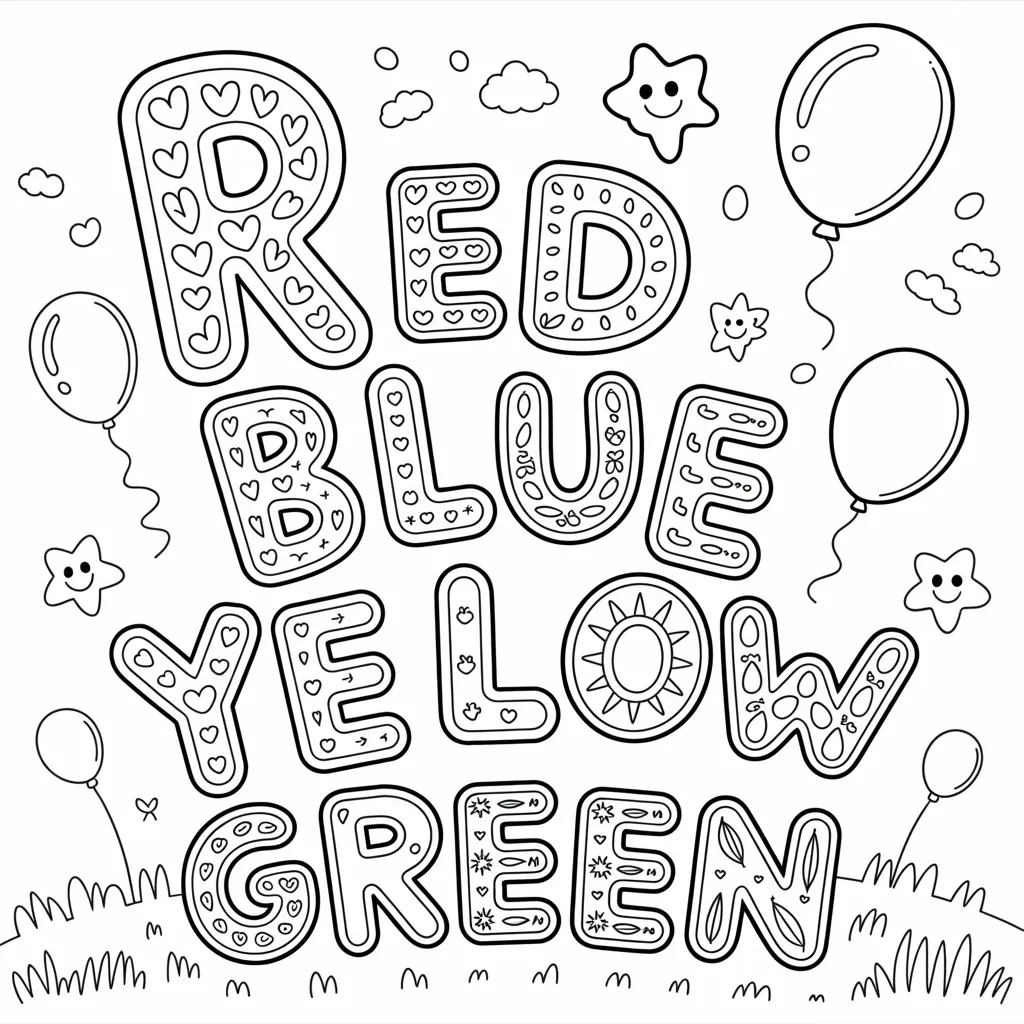
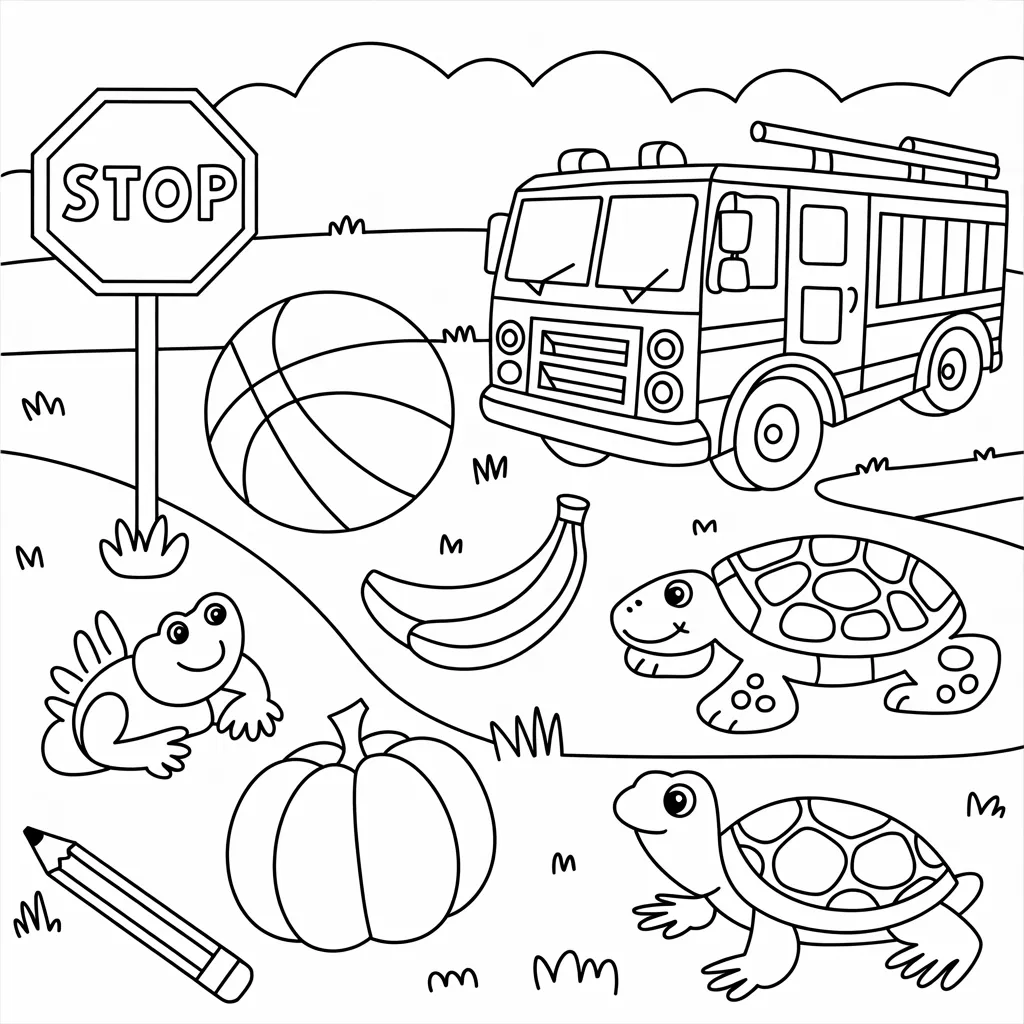
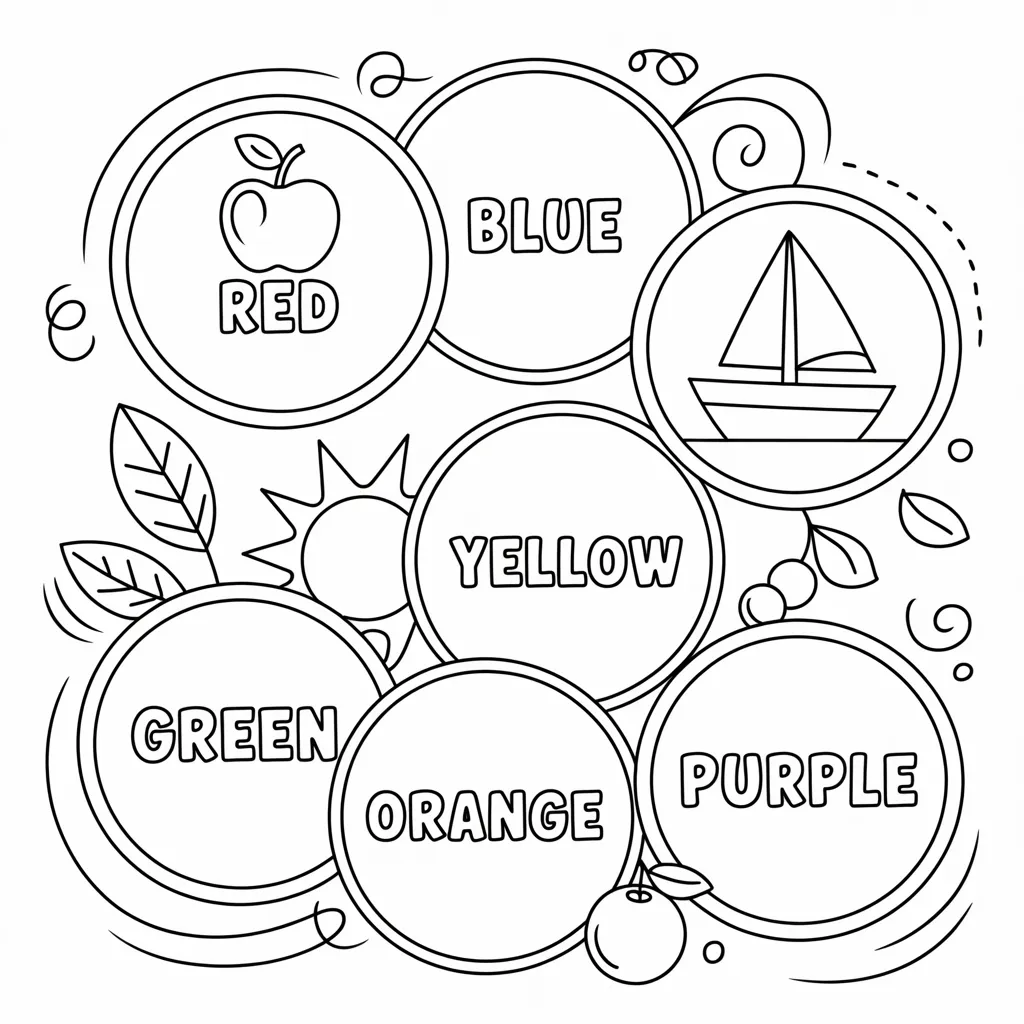
Educational Benefits of Color and Learn Worksheets
These specialized resources offer numerous advantages beyond traditional worksheets or standard coloring pages.
Cognitive Development Through Color and Learn Activities
When children engage with color and learn worksheets, they develop multiple thinking skills simultaneously:
- Visual Processing Enhancement: Distinguishing between different shapes, patterns, and spaces on worksheets strengthens visual discrimination abilities.
- Attention Development: Completing color and learn activities requires sustained focus, building concentration capacity.
- Information Sequencing: Many color and learn worksheets incorporate step-by-step processes that build sequential thinking.
- Pattern Recognition: Coloring according to patterns or codes develops this foundational mathematical skill.
- Memory Reinforcement: The physical act of coloring helps encode information into memory more effectively than passive observation.
Subject-Specific Knowledge Building
Color and learn worksheets effectively deliver content across various academic areas:
- Mathematics Foundation: Number recognition, counting, simple operations, and geometric concepts come alive through color-coded activities.
- Literacy Development: Letter recognition, phonics connections, sight words, and reading comprehension strengthen through targeted coloring tasks.
- Science Exploration: Natural processes, classifications, anatomical structures, and scientific principles become accessible through visual coloring formats.
- Social Studies Introduction: Historical events, cultural elements, geography, and community concepts gain relevance through illustrated coloring components.
- Language Acquisition: Vocabulary development, grammar concepts, and language patterns become more memorable when paired with coloring activities.
Types of Color and Learn Worksheets for Different Age Groups
Effective resources must align with developmental capabilities and curricular expectations.
Early Childhood Color and Learn Resources (Ages 2-5)
These foundational worksheets build basic skills:
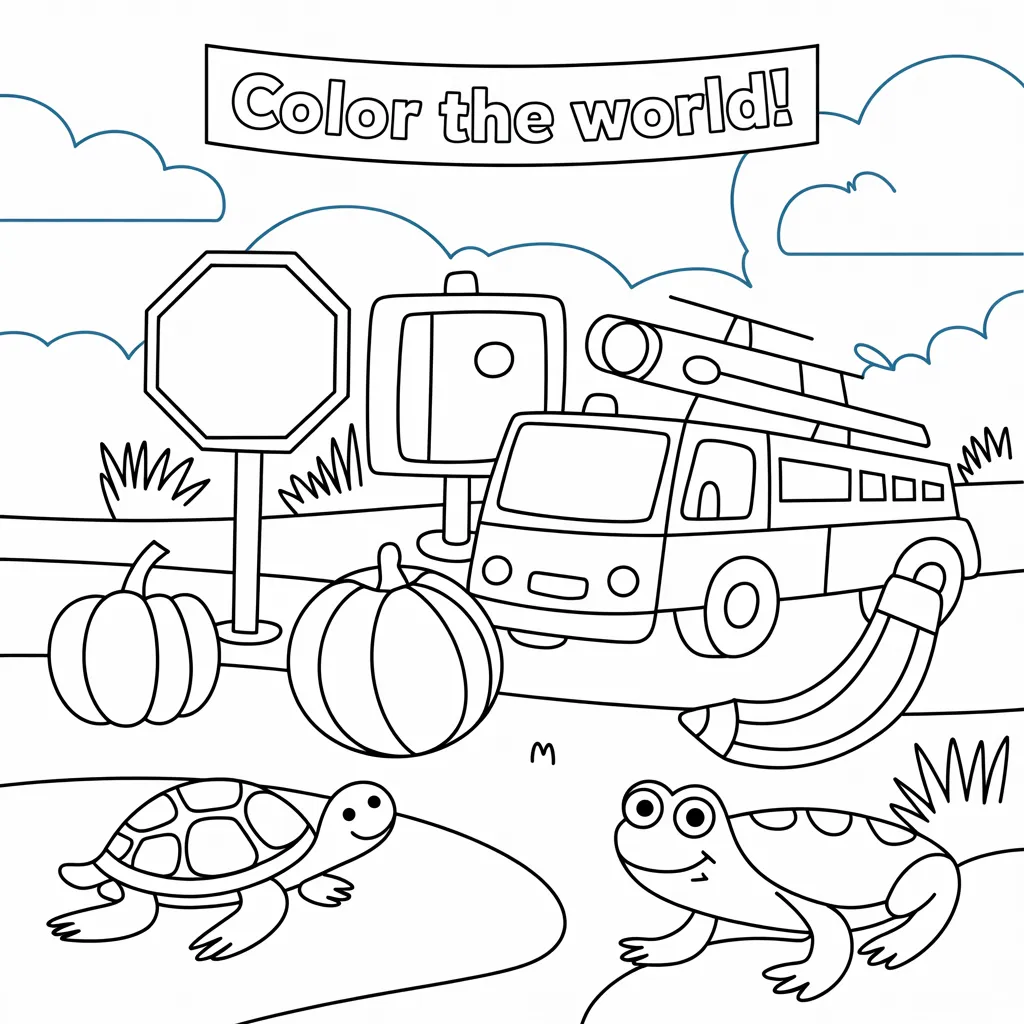
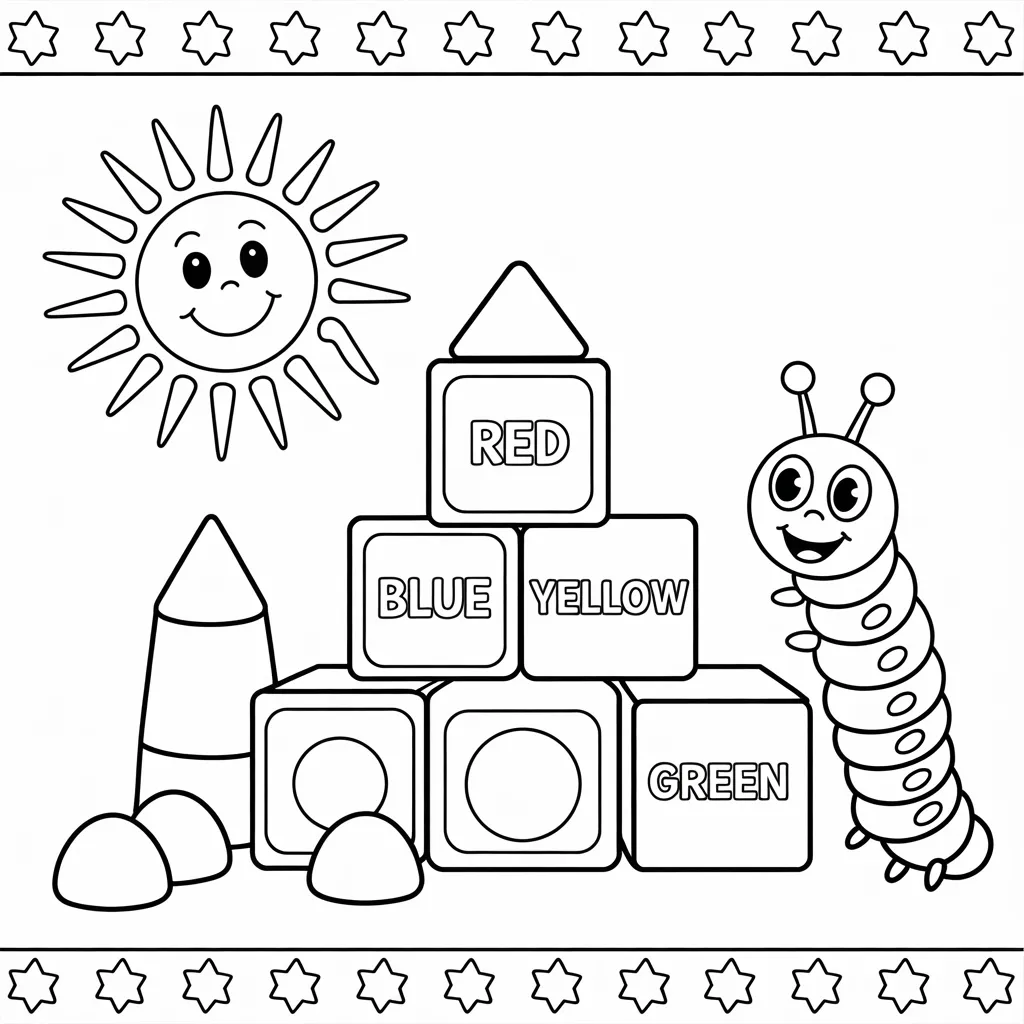
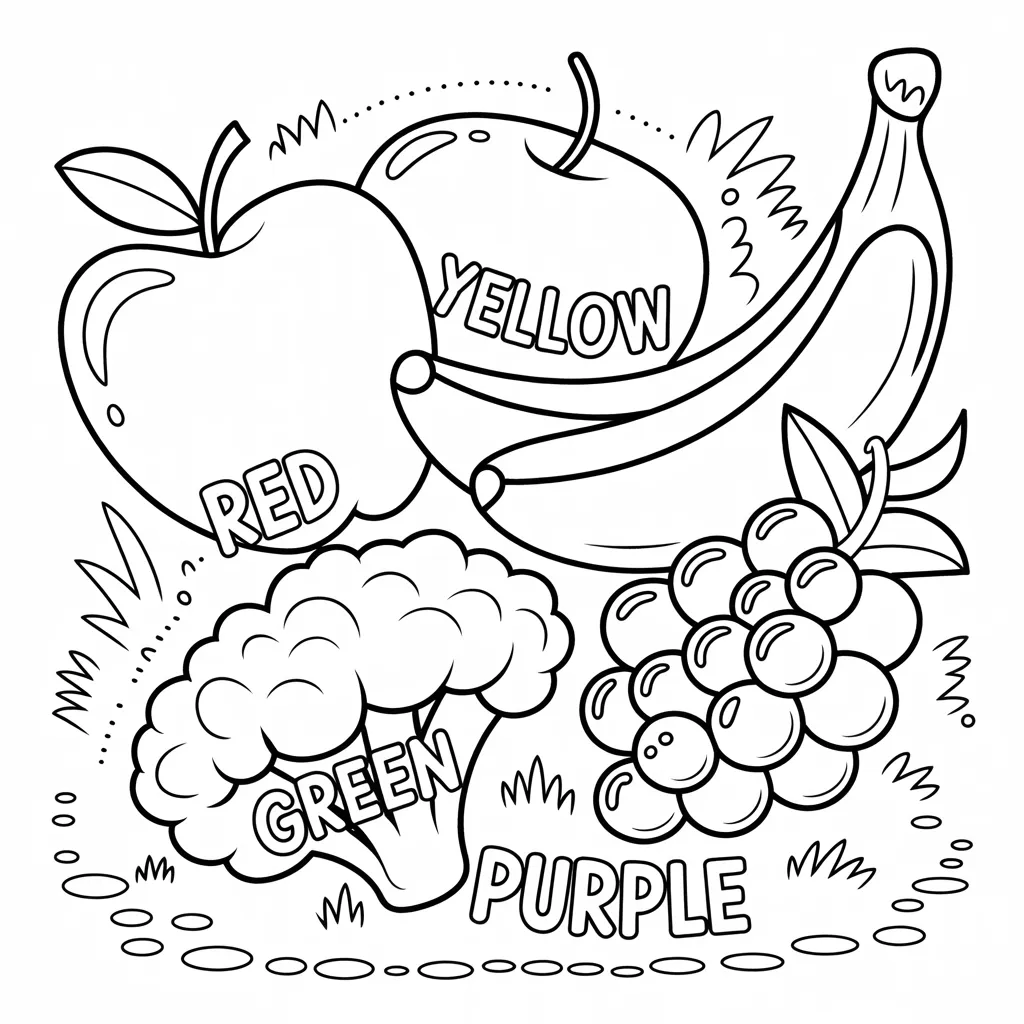
- Color Recognition Activities: Simple designs where specific areas are colored according to color words or color dots.
- Shape Identification: Basic geometric shapes to color with corresponding labels or sorting activities.
- Counting Foundations: Groups of objects to color while counting, reinforcing one-to-one correspondence.
- Alphabet Introduction: Letter forms to color with corresponding pictures representing initial sounds.
- Emotion Recognition: Facial expressions to color with emotion words, building emotional intelligence.
Elementary Color and Learn Worksheets (Ages 6-10)
More complex content supports curricular objectives:
- Mathematical Operations: Color-by-number activities involving addition, subtraction, multiplication, or division.
- Reading Comprehension: Story scenes to color based on textual understanding or following written directions.
- Science Concepts: Labeled diagrams of plants, animals, or natural processes with coloring components.
- Historical Events: Significant moments in history illustrated through coloring activities with informational content.
- Grammar Practice: Parts of speech identification through color-coding sentences or paragraphs.
Upper Elementary and Middle School Resources (Ages 11+)
Sophisticated worksheets support advanced learning:
- Scientific Notation: Complex diagrams with color-coding to distinguish between systems or processes.
- Literary Analysis: Character mapping and plot development through visual color-based organizers.
- Advanced Mathematics: Geometric principles, algebraic concepts, or statistical representations with color components.
- Social Studies Depth: Historical timelines, geographic features, or civic processes illustrated through detailed coloring activities.
- Foreign Language Support: Vocabulary building and grammar reinforcement through color-based categorization.
Creative Applications of Color and Learn Worksheets
Innovative implementations enhance educational impact.
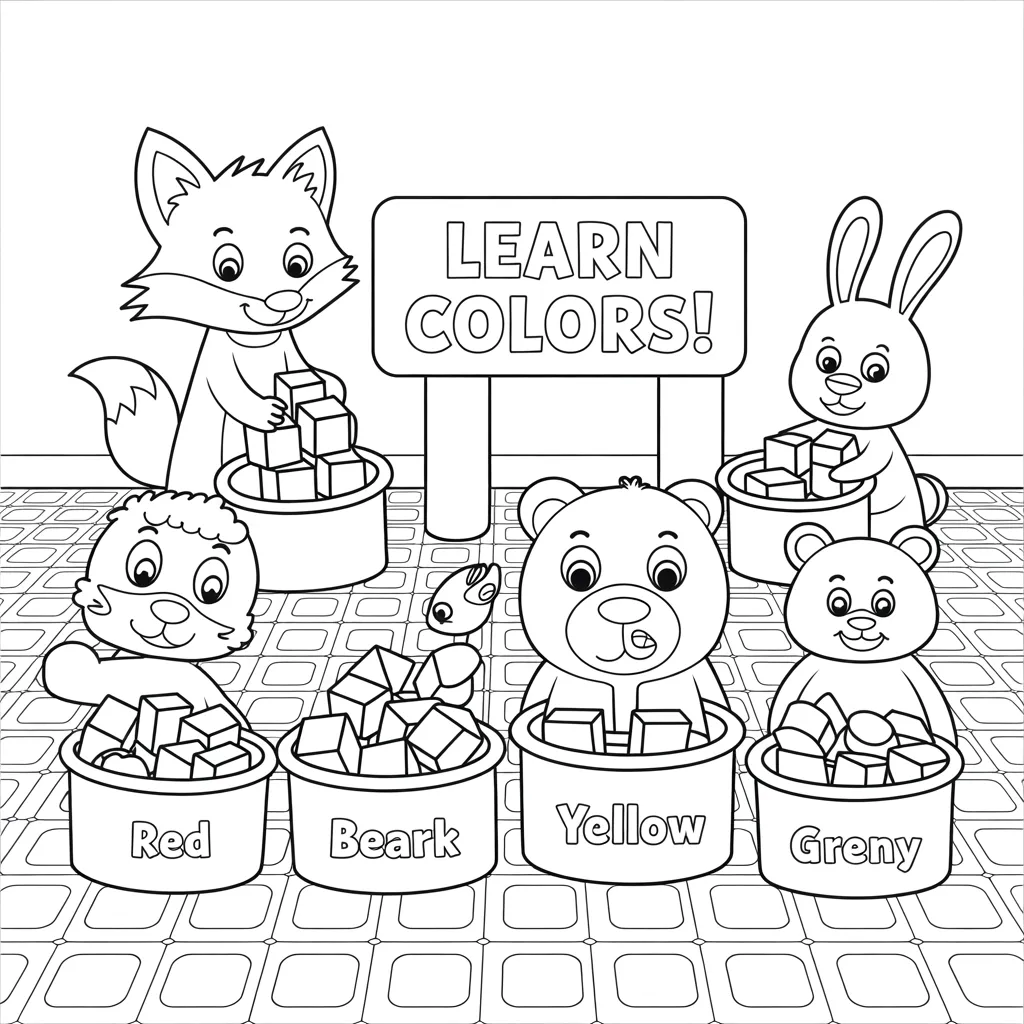
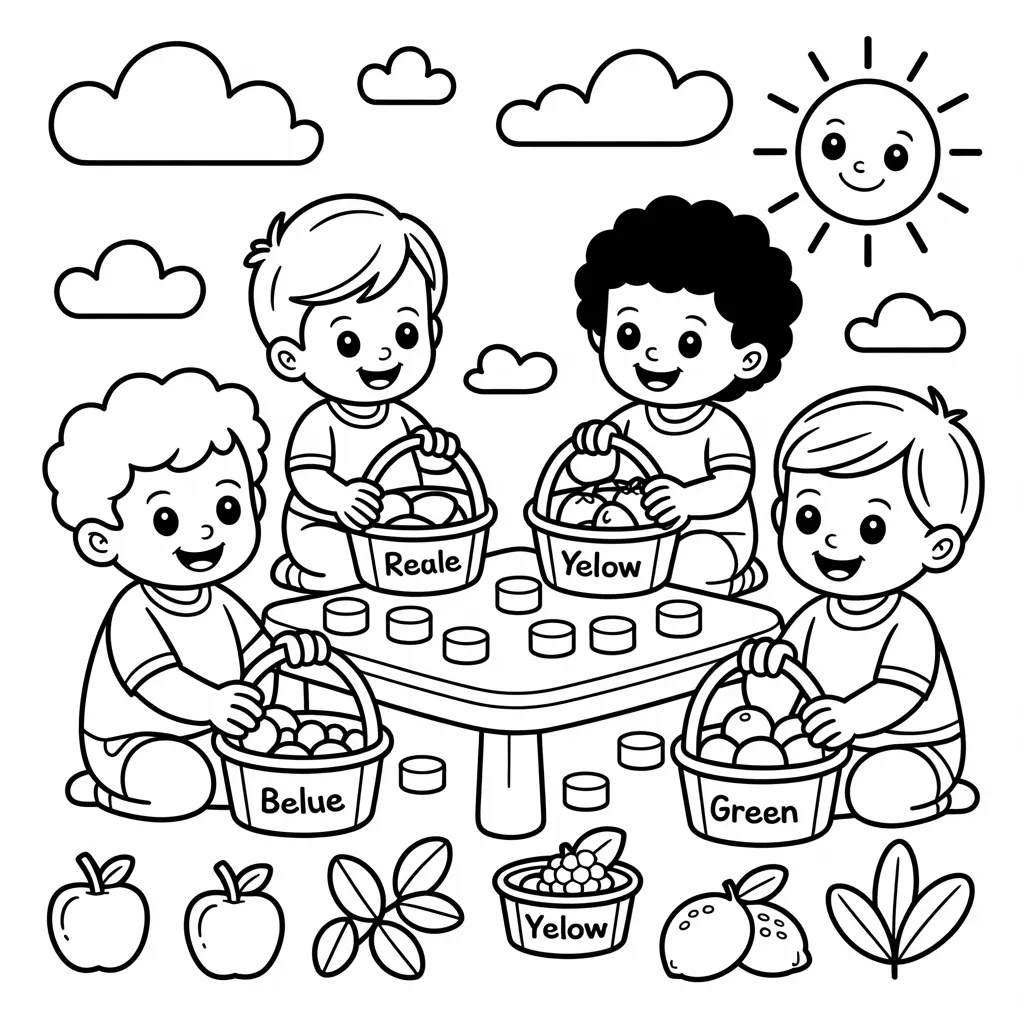
Cross-Curricular Integration Strategies
These approaches connect learning across subject areas:
- Math and Art Connections: Sacred geometry or pattern-based coloring that teaches mathematical principles through artistic expression.
- Science and Language Arts: Coloring anatomical structures while completing related descriptive writing.
- History and Geography: Coloring historical maps while learning about pivotal events that occurred in those locations.
- Music and Mathematics: Coloring patterns that represent rhythmic structures or mathematical relationships in music theory.
- Physical Education and Science: Coloring human body systems while learning about movement and exercise effects on those systems.
Interactive Color and Learn Worksheet Extensions
These dynamic approaches extend learning beyond the page:
- Digital Conversions: Transforming completed color and learn worksheets into digital presentations or animations.
- Gallery Walks: Displaying completed worksheets with student-led explanations of concepts illustrated.
- Collaborative Compilations: Combining individually colored sections into larger class reference materials.
- Three-Dimensional Adaptations: Converting flat worksheets into models, dioramas, or manipulatives.
- Progression Portfolios: Organizing completed worksheets to demonstrate concept development over time.
Subject-Specific Color and Learn Worksheets
Specialized resources target particular learning domains.
Mathematics Color and Learn Strategies
These resources build numerical and spatial understanding:
- Number Sense Development: Color-by-number activities that progress from simple counting to multi-digit operations.
- Fraction Visualization: Coloring divided shapes to represent fractions, decimals, and percentages.
- Geometric Understanding: Coloring activities that highlight properties of shapes, angles, and spatial relationships.
- Measurement Concepts: Ruler, volume, and weight activities with coloring components to reinforce standard and metric systems.
- Data Interpretation: Graph and chart coloring activities that teach statistical concepts and visual data representation.
Literacy-Building Color and Learn Activities
These resources strengthen reading and writing foundations:
- Phonological Awareness: Coloring activities that group words by sounds or identify rhyming patterns.
- Comprehension Enhancement: Story scene coloring based on textual details and inference.
- Vocabulary Expansion: Categorizing and coloring words by meaning, usage, or etymology.
- Writing Process Support: Color-coding elements of effective writing or story structure.
- Grammar Reinforcement: Coloring activities that highlight parts of speech, punctuation, or sentence structures.
Creating Custom Color and Learn Worksheets
Personalized resources can address specific learning needs or interests.
Digital Tools for Worksheet Development
Several accessible platforms support resource creation:
- Educational Design Websites: User-friendly interfaces with templates specifically for color and learn activities.
- Graphics Programs: Software that allows layering of coloring elements with educational content.
- Interactive Worksheet Generators: Online tools that create customizable color-coded learning activities.
- Adaptive Learning Platforms: Programs that generate personalized color and learn resources based on student needs.
- Collaborative Design Spaces: Shared environments where educators can co-create and modify existing resources.
Best Practices for Effective Worksheet Design
These principles ensure educational value:
- Clear Learning Objectives: Each worksheet should target specific, measurable learning outcomes.
- Appropriate Complexity: Visual elements and content should match developmental capabilities.
- Meaningful Color Choices: Colors should serve learning purposes rather than merely decorative functions.
- Integrated Instructions: Directions should be clear, concise, and appropriate for the intended user.
- Assessment Connections: Design elements should allow for evaluation of concept understanding.
Implementing Color and Learn Worksheets Effectively
Strategic approaches maximize educational impact.
Classroom Integration Techniques
Educators can enhance learning through thoughtful implementation:
- Preparatory Introduction: Brief concept discussion before coloring deepens understanding during the activity.
- Focus Questions: Specific prompts during coloring direct attention to key learning elements.
- Pair-Share Opportunities: Structured discussion with peers about concepts illustrated in coloring.
- Extension Connections: Links between coloring activities and subsequent learning experiences.
- Reflective Conclusion: Guided reflection on knowledge gained through the coloring process.
Home Learning Applications
Parents can support development through these approaches:
- Regular Routine Integration: Consistent time for color and learn activities builds anticipation and habit.
- Conversation During Coloring: Open-ended questions about concepts while coloring reinforces learning.
- Real-World Connections: Linking worksheet content to daily life experiences solidifies understanding.
- Progressive Challenge: Strategically increasing difficulty maintains engagement without frustration.
- Celebratory Display: Showcasing completed work acknowledges effort and reinforces content.
Conclusion
Color and learn worksheets represent a powerful educational strategy that harnesses children’s natural affinity for coloring while delivering structured learning content across multiple subject areas. Their versatility makes them valuable tools for diverse educational settings, learning styles, and developmental stages. By thoughtfully selecting, creating, and implementing these resources, educators and parents provide engaging learning experiences that support academic development while maintaining the joy inherent in creative expression. Whether used as introductory activities, reinforcement exercises, or assessment tools, color and learn worksheets deserve consideration as essential components of comprehensive educational approaches. Their unique ability to transform potentially abstract or challenging content into accessible, enjoyable learning experiences makes them particularly valuable in building positive associations with academic material from the earliest learning stages through more advanced content exploration.
Animal Coloring Worksheets: 50 Engaging Resources for Learning and Development
FAQ About Color and Learn Worksheets
How can I differentiate color and learn worksheets for diverse learning needs?
Effectively adapt worksheets through several approaches. For advanced learners, add challenge through more complex coloring codes, higher-level content connections, or extension questions promoting critical thinking. For children needing additional support, modify by simplifying visual elements, reducing text density, incorporating visual cues, or adding step-by-step numbered sections. Motor skill differences can be accommodated through larger coloring spaces, thicker boundaries, or adaptive tools like chunky crayons and pencil grips. Language learners benefit from dual-language labels, visual vocabulary support, or culturally relevant images. The most effective differentiation maintains the same core learning objective while adjusting the approach path – all students engage with the same fundamental content, but through appropriately challenging entry points that support their specific learning profiles.
Are digital color and learn worksheets as effective as traditional paper versions?
Both formats offer distinct advantages that can complement each other in a balanced approach. Traditional paper worksheets develop essential fine motor skills through crayon and pencil grip, provide tactile sensory input important for brain development, eliminate screen time concerns, and create tangible products children can display. Digital versions offer benefits including zoom capabilities for fine details, unlimited do-overs without waste, immediate feedback, accessibility features for diverse needs, and the ability to easily save and track progress over time. Rather than viewing these formats as competing alternatives, consider a strategic combination – perhaps using traditional worksheets for initial concept introduction and fine motor development, then reinforcing with digital versions that provide additional practice with immediate feedback. The key effectiveness factor isn’t the format itself but rather how meaningfully the coloring activity connects to the learning objective.
How can I maximize learning during color and learn activities?
Transform simple coloring into powerful learning through intentional interaction. Before beginning, activate prior knowledge with brief discussions about the topic. During coloring, ask open-ended questions that promote deeper thinking: « Why do you think this part is labeled with this word? » or « What connections do you notice between these colored sections? » Encourage verbalization of thinking through think-aloud modeling: « I’m coloring these parts green because they all show plant structures that help with photosynthesis. » Extend learning by challenging children to create their own similar worksheets, demonstrating conceptual understanding. Connect to authentic applications by finding real-world examples of the concepts illustrated. The most effective learning occurs not from the worksheet itself but from the quality of thinking and discussion surrounding it – the coloring provides a concrete anchor for abstract concepts while conversation builds deeper understanding.
Where can I find high-quality color and learn worksheets for specific topics?
Source excellent resources through several reliable channels. Subject-specific educational organizations often provide free, standards-aligned downloadable worksheets (like NASA for space science or historical societies for history topics). Museum educational departments frequently offer curriculum-connected resources based on their collections. Teacher marketplaces contain searchable databases of peer-reviewed materials spanning all subject areas and grade levels. Educational publishers provide sample worksheet packets from their comprehensive curricula. University outreach programs, especially those with education departments, share research-based resources with the public. For specialized needs, consider teacher blogs focusing on particular subjects or learning approaches. When evaluating quality, look for accurate content, clear learning objectives, developmentally appropriate design, and meaningful (rather than decorative) coloring components that genuinely enhance concept understanding.
How can I use color and learn worksheets to support emotional and social development?
Beyond academic content, thoughtfully selected coloring activities support whole-child development. Emotion-focused worksheets help children identify and understand feelings through coloring facial expressions, body language, or situational examples. Social skill development occurs through worksheets illustrating conflict resolution steps, friendship behaviors, or cooperation scenarios. For self-regulation, color-coded emotional thermometers or calming strategy illustrations provide visual references children can internalize. Growth mindset development happens through coloring activities illustrating perseverance, learning from mistakes, or brain development during challenging tasks. Community connection builds through worksheets about helpers, diverse family structures, or cultural celebrations. To maximize these benefits, pair coloring with reflective conversations that help children connect the illustrated concepts to their own experiences and relationships. The combination of visual processing, physical activity, and thoughtful discussion creates particularly effective learning about these sometimes abstract social-emotional concepts.
